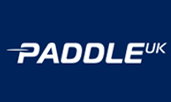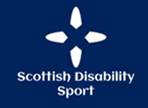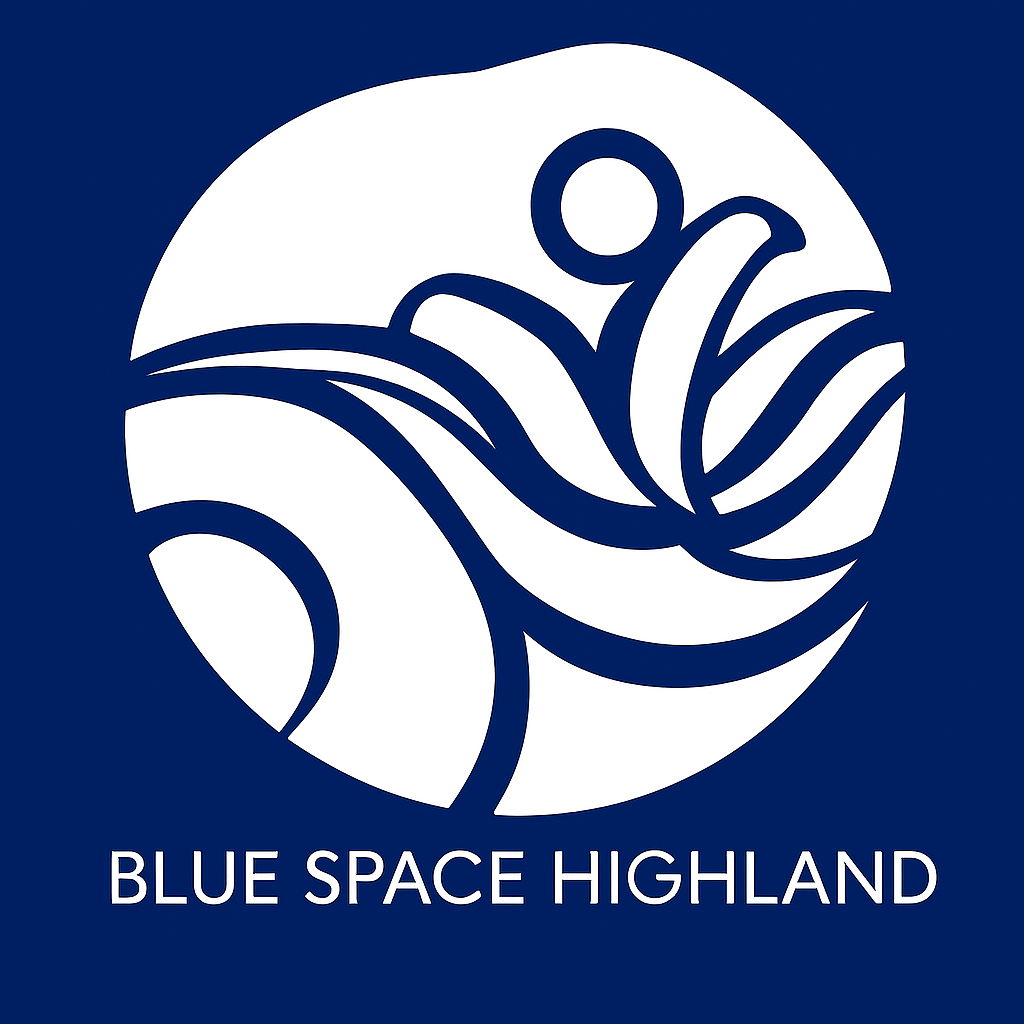SELECT YOUR PREFERED PADDLE DISCIPLINE...
About
Marathon is an endurance-based discipline with participants competing in both kayaks and canoes over long distances. It takes place mainly on the flatwater of canals, lochs and rivers and is a fantastic way to challenge yourself, improve your paddling skills, and enjoy the great outdoors. As you learn more boat handling skills, it becomes tactically as well as physically challenging, with boats racing in groups and contesting sprint finishes.
Marathon racing boats are designed to travel fast in a straight line and are therefore narrower and less stable than many other types of kayak or canoe. They come in single (K1/C1) and double (K2/C2) types. Young paddlers tend to use Lightning Kayaks that are smaller and more stable, allowing them to develop their skills on an equal footing. Paddlers also compete in marathon events in other type of kayak such as white water racers or ocean skis.
As soon as you have picked up the basics of paddling in a racing kayak or canoe you are ready to race. A coach or a fellow paddler will be able to suggest a suitable race for you to start with. This may well be one of the flatwater races which happen regularly throughout the season. Many of these are on canals where there are no currents or technical sections to worry about.
The main UK Marathon racing season runs from April to October, with events somewhere most weekends. During the summer there are some weekday events and your club may have their own races as well as regular training nights.
Marathon Distances
The courses raced in Scotland vary from around 6 km for a “mini” course to 13 km for a “short” course and 20 km for a “long” course. Lightning paddlers - those just starting out - typically race over 2–4 km. There are also some longer events like the annual Glasgow to Edinburgh challenge which is 87 km. Paddlers from Scotland have regularly taken part in the British National and Hasler Trophy Marathon Championships as well as the epic annual Devizes to Westminster race of 200 km.
Races are held on a range of waters, from sheltered canals with few technical challenges, to descent races on rivers.
Safety
- Safety is paramount. There are specific minimum requirements for marathon racing agreed by PS Marathon Development Group. Event organisers may impose additional requirements depending on the nature of the event.
- All boats used in marathon racing must be fitted with sufficient buoyancy to support the boat and crew in the event of a capsize. Inherent buoyancy in composite boats is not sufficient to meet this requirement. Additional foam buoyancy or air bags must be fitted.
- Personal flotation devices (PFD) are compulsory for inexperienced or younger paddlers. Depending on conditions on the day of the race, organisers may insist that all competitors wear a PFD - it is essential to come prepared. Please refer to the Scottish Marathon Racing Rules for specific requirements.
- Paddlers should also check individual race information sheets for any event specific safety requirements.
Marathon Equipment
The Marathon Group has a range of boats and paddles which can be loaned out. For details and to enquire please get in touch with this Discipline Development Group.
Marathon Calendar
All marathon events can be found on the
Paddle Scotland Events calendar.
Glasgow to Edinburgh Challenge 2025
Further Information
Marathon Racing Rules of Competition
Scottish K1/C1 Marathon Championships
Scottish K2 Marathon Championships
Scottish Marathon Descent Championship Rules
Geoff Sanders British Series
Advice to Marathon Race Organisers
Get Involved
Marathon Development Group
The group can be contacted on the group email address: marathon@paddlescotland.org.uk










